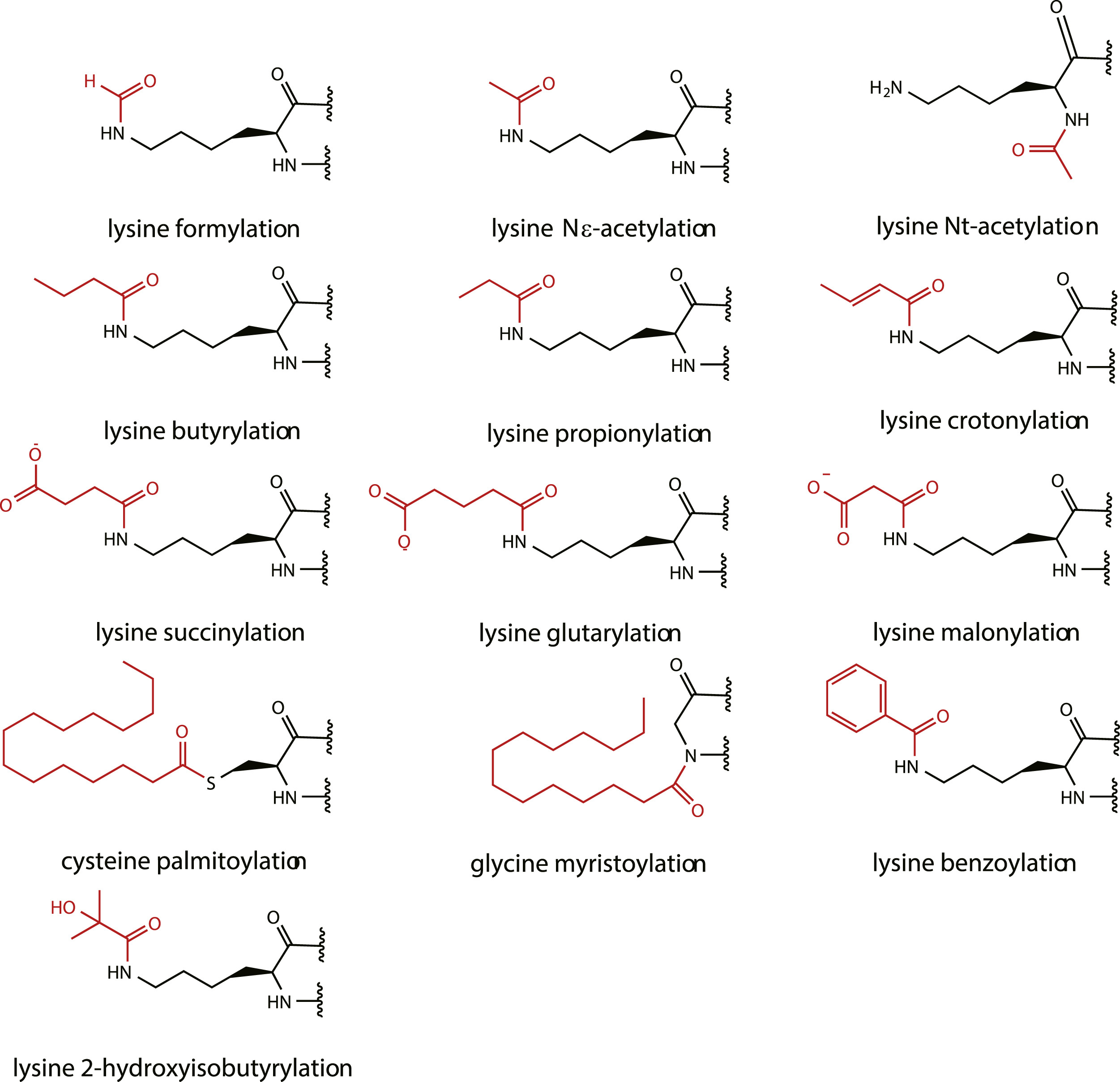4D-Acetylation Proteomics Service
Based on a high-resolution mass spectrometry platform combined with ion mobility separation, MtoZ Biolabs has launched the 4D-acetylation proteomics service, which enables high-sensitivity and comprehensive acetylation proteomics detection in complex samples. This service, through specific enrichment strategies and optimized experimental workflows, allows accurate identification and quantification of protein acetylation sites, analyzing the distribution characteristics and abundance changes of modifications. The final output includes high-quality data such as acetylation site identification results, quantitative difference information, and functional annotations, assisting researchers in the in-depth exploration of epigenetic regulation, cellular function studies, and potential biomarker discovery.
Overview
Protein acetylation is a common post-translational modification that mainly occurs on lysine residues or the N-terminus of proteins, regulating protein stability, localization, and interactions through the addition of an acetyl group. As a dynamic and reversible modification, acetylation plays a key role in gene transcription regulation, chromatin remodeling, metabolic pathway regulation, and signal transduction. 4D-Acetylation Proteomics analysis can capture low-abundance acetylation sites in complex samples with high sensitivity and achieve systematic qualitative and quantitative analysis. It is widely applied in epigenetic studies, cellular function analysis, signal pathway research, and biomarker screening, providing reliable data support for scientific research and biopharmaceutical studies.

Xu, Y X. et al. Molecular & Cellular Proteomics, 2022.
Figure 1. Structures of Acylations that Have Been Identified Are Showed.
Analysis Workflow
1. Sample Preparation
Perform protein extraction and pretreatment on experimental samples.
2. Protein Digestion and Enrichment of Modified Peptides
Digest proteins under optimized conditions and selectively capture acetylated peptides through specific enrichment methods.
3. 4D Mass Spectrometry Detection
Relying on a high-resolution LC-MS/MS platform combined with 4D separation technology, conduct high-sensitivity identification and quantification of acetylated peptides.
4. Data Analysis
Utilize database searches and multidimensional bioinformatics analysis to output acetylation site distribution, quantitative differences, and functional annotations, generating a systematic map.
Sample Submission Suggestions

Service Advantages
1. High-Resolution Detection
Relying on advanced LC-MS/MS combined with ion mobility separation (TIMS), accurately capture low-abundance acetylation sites to ensure reliable results.
2. Comprehensive Coverage
Support systematic detection and quantification of multiple types of acetylation modifications, providing complete result information.
3. High Sensitivity and High Reproducibility
Combine specific enrichment with optimized experimental workflows to improve detection sensitivity and ensure data consistency.
4. Customized Solutions
Flexibly adjust analytical strategies according to research objectives and sample characteristics to meet different needs.
Applications
1. Epigenetics Research
Identify acetylation sites to reveal their role in chromatin remodeling and gene expression.
2. Signal Pathway Analysis
The 4D-acetylation proteomics service can be used to monitor dynamic acetylation changes of key proteins to uncover regulatory mechanisms in signaling.
3. Biomarker Screening
Screen acetylation sites linked to disease or physiological states for clinical and diagnostic insights.
4. Cellular Function Research
The 4D-acetylation proteomics service can be used to evaluate the impact of acetylation on cell cycle, metabolism, and stress response.
FAQ
Q1: What Is the Core Difference between 4D-Acetylation Proteomics and Conventional Acetylation Proteomics?
A1: The 4D platform integrates ion mobility separation (TIMS) with high-resolution mass spectrometry, significantly reducing co-elution interference in complex backgrounds, especially improving the resolution and detection rate of low-abundance acetylation sites, thus achieving deeper coverage and higher-confidence modification profiles.
Q2: Can Comparative Analysis under Different Experimental Conditions Be Achieved?
A2: Yes. Through quantitative strategies such as TMT, iTRAQ, or DIA, it is possible to compare acetylation profiles under different treatments, time points, or sample types, revealing differential acetylation analysis.







